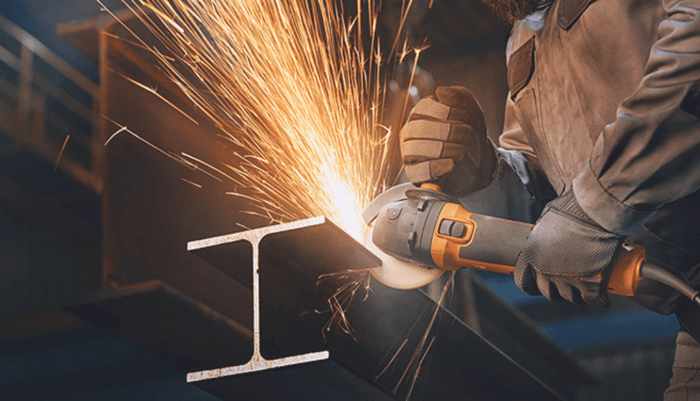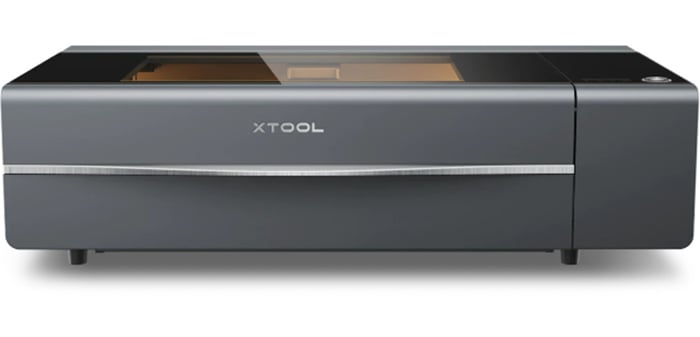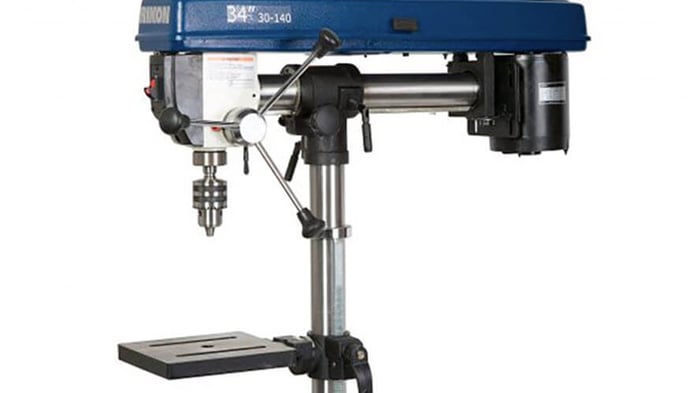
Upgrade Your Craft: A Quick Guide to Drill Press Selection
Selecting the right drill press is crucial for enhancing woodworking and metalworking projects. This guide will help you understand the types of drill presses available and the essential factors to consider before making a purchase.
Understanding Drill Presses
A drill press is a versatile tool designed for precise hole creation in various materials. Unlike handheld tools, it offers stability and control, making it an indispensable asset for both hobbyists and professionals. Its features, such as adjustable RPM settings and fixed tables, improve efficiency and accuracy in drilling tasks.
Types of Drill Presses
Drill presses primarily come in two types: floor models and benchtop models. Floor models are robust and ideal for larger workshops, offering higher capacity and advanced features for heavy-duty tasks. In contrast, benchtop models are portable and suitable for smaller spaces, excelling in versatility for lighter projects.
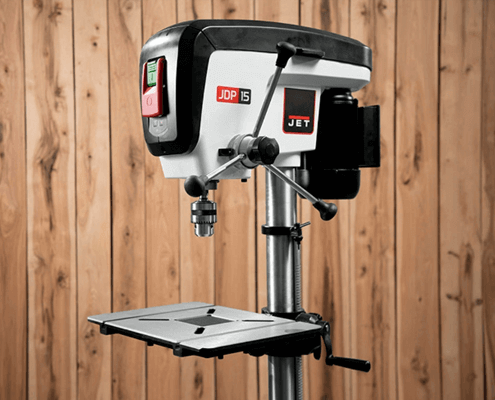 The JET JDP-15B, 15” Benchtop Drill Press From a full 3-1/8” of spindle travel to the sturdy cast iron head with a poly v-belt drive system, this drill press is designed to perform.
The JET JDP-15B, 15” Benchtop Drill Press From a full 3-1/8” of spindle travel to the sturdy cast iron head with a poly v-belt drive system, this drill press is designed to perform.
Key Factors to Consider
When choosing a drill press, consider the following factors:
Size and Power
The size and motor power of a drill press significantly impact its performance. Larger models offer more power and stability for heavy-duty tasks, while smaller models are ideal for portability and lighter materials. A 1 HP motor can handle thicker materials, while lower-powered models are better for softer ones.
Speed and Adjustability
Variable RPM settings are essential for optimizing drilling speed according to material type. Slower speeds are suitable for soft materials, while harder materials require higher speeds. Depth adjustments also enhance versatility for precise drilling tasks.
Accuracy and Precision
Accuracy is paramount in drilling. A quality drill press minimizes vibration, ensuring precise hole placement. Features like adjustable clamps provide stability, allowing for meticulous work without material movement during drilling.
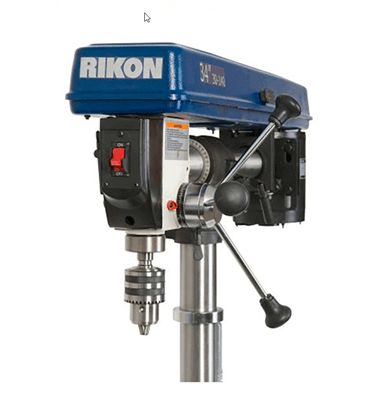 34” Floor Radial Drill Press #30-251has the same great features as the bench model, but has larger components in proportion with the added height and capacities of this floor model
34” Floor Radial Drill Press #30-251has the same great features as the bench model, but has larger components in proportion with the added height and capacities of this floor model
Features to Look For
Consider the following features when evaluating drill presses:
Table Design and Adjustability
A well-designed, adjustable table enhances usability by accommodating various materials. Tilt options allow for angled drilling, improving accuracy and reducing errors.
Chuck and Spindle Travel
A high-quality chuck securely holds drill bits, while adequate spindle travel allows for versatile depth adjustments. Choose chucks compatible with your materials to enhance performance.
Additional Accessories
Accessories like depth stops, laser guides, and various drill bits expand the capabilities of your drill press. Utilizing clamps and jigs improves stability and safety during operation.
 The new JET JDP-17, 17” Drill Press features a long-lasting, built-in LED work light to provide direct lighting while reducing shadows.
The new JET JDP-17, 17” Drill Press features a long-lasting, built-in LED work light to provide direct lighting while reducing shadows.Safety Tips for Using a Drill Press
Maintaining a safe working environment is vital. Follow these guidelines:
Proper Safety Gear
- Safety goggles
- Earing protection
- Dust masks
These items protect against hazards associated with drilling.
Proper Techniques and Maintenance
Use appropriate techniques, secure materials firmly, and select the correct drill bit for optimal results. Regularly inspect and maintain your drill press to ensure longevity and performance.
Frequently Asked Questions
What factors should I consider when choosing a drill press?
Key considerations include size, power, speed settings, chuck type, and build quality.
What is the ideal drill press size?
Choose based on your project requirements; small benchtop models are for light tasks, while larger floor models suit heavy-duty work.
Does motor power matter?
Yes, motor power affects capacity; 1/2 to 3/4 horsepower is generally sufficient for typical workshop tasks.
What speed settings should I look for?
Multiple speed settings are crucial to accommodate different materials effectively.
What type of chuck is best?
Keyless chucks allow for quick changes, while keyed chucks offer better grip. Hex chucks suit non-traditional bits.
Is build quality important?
Yes, solid construction ensures durability and better performance over time.



